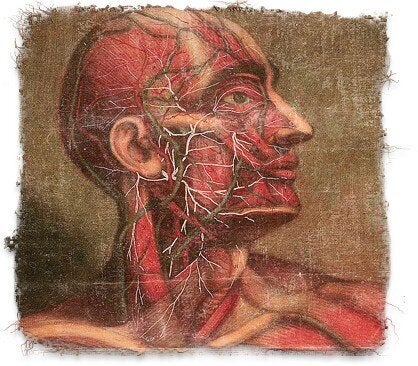
The dumbing down started early for Frankenstein. Barely five years after Mary Shelley first sent her "hideous progeny" out into the world, Richard Brinsley Peake's stage play, Presumption; or, The Fate of Frankenstein began the process of turning a complex psychological novel about the divided self into a crowd-pleaser with hunchbacks.
Taking their cue from Peake's version, later adaptations usually opt for a reading in which Victor Frankenstein is moustache-twirlingly evil, the woebegone monster just wants to be loved, and the whole thing is wrapped up in a science-gone-mad cautionary tale. Hence all those rifled graves, stitched body parts and creepy castles thrown in to provoke a cheap shudder.
Well, okay. Frankenstein is a work rich in possible meanings, so the horror-show interpretation is as valid as any. But when we consider the clue that Mary Shelley left for us in those words "a modern Prometheus", we might usefully dig a little deeper.
The Victor Frankenstein of the novel is a genius and a rebel, a Byron of the sciences. He descends into the belly of the beast, risking insanity and broken health to bring back a secret that gods have tried to keep from Man. The fire he finds is the means of creating life. If this is a tale of duality, then the man he makes is his own passionate, unruly, all-too-human side. Victor, by focussing too exclusively on the super-ego, dredges up his own monster from the id.
Some have said that Frankenstein is a story of a bad parenting giving rise to a troubled child. On the level of social metaphor, that's a reading to which Mary Shelley certainly would have given the nod. But there is more to a work of fiction than picking at the plot as if it were an account of real events. We could ask whether Holmes could have faked the whole existence of Moriarty, for instance, but a literal interpretation is not the ultimate point of good fiction. Moriarty is both an actual antagonist (in the "reality" of the story) and Holmes's alter-ego (in the story as a work of fiction).
Likewise in other media. To take another great tale of duality, Uncle Charlie in Shadow of a Doubt is not, within the universe of Thornton Wilder's screenplay, a literal demon conjured from Young Charlie's subconscious - though in fictive terms he's nothing but. It is the richness of literature (and cinema) that it allows for more than just a literal reading.
A well-written novel, the most immersive of all forms of storytelling, should command your full attention and belief. Yet, even while held by the spell of belief, you can appreciate the novel simultaneously on several levels: as a description (honest or otherwise) of the events of the plot; as insight into the characters' feelings and relationships; and, on a level beyond the plot seen as a make-believe reality, you can tune into the themes and resonances that the author has placed there that make it, not a mere account of events, but art.
In retelling Frankenstein in interactive form, I don't intend it as a replacement for the novel any more than Mrs Shelley intended her story to supplant Paradise Lost. Like a movie adaptation, this new version of the story emphasizes some aspects, downplays others. I've written it in a style that is necessarily "to the moment", and the interactivity certainly does pull you into the story. You may earn Victor's trust - or his disdain. He'll ask your advice, even if he may not take it. Either way, you're not just reading about a character. You've got a relationship.
Interactive storytelling emphasizes a personal connection with the characters. It is a powerful tool that can draw you so deeply into the world of a story that you lose sight of it as a story. You think you are there - at least, if it is done right. And therein lies a caveat, of sorts. When you're interacting directly with a character, your attention is going to be on what happens - the plot as imaginary reportage. You aren't looking for the authorial artifice, the iceberg of meaning beneath the events themselves.
So, by all means interact with Victor and his monster. It's a new thing under the sun, this, and how often do those come along? But don't leave it there. Also take a look at the narrative that was left behind in the wake of all your choices. There you have a unique, personal version of the text, created by your interaction with the narrative, that you can go back and read just like a traditional novel. The themes are all present - Mrs Shelley's, that is, not Mr Peake's. You just need to raise your view from the decision tree to see the whole forest of ideas that the author planted. And the potency of her original story, not the cackling hunchbacks and brains in jars, is the reason Frankenstein is likely to remain a bestseller for another two hundred years.